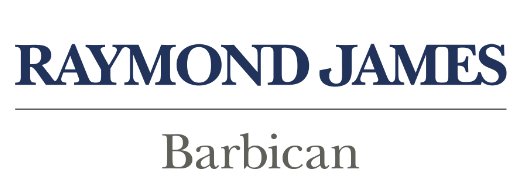This week saw NATO Secretary General Mark Rutte host representatives from all 32 member states in the Netherlands for what became the alliance’s largest and most historic meeting to date. As the two-day summit in The Hague concluded, several key takeaways emerged: a renewed commitment to a 3.5% defence spending target, reaffirmed support for Ukraine, and a strong emphasis on collective defence – that an attack on one member is considered an attack on all.
Interestingly, eight of the 32 NATO member states, including Spain, Belgium, and Italy, are not currently meeting the previous 2% defence spending guideline. This makes it increasingly difficult for them to reach the newly proposed 3.5% target within the next decade. These countries already face tight public finances and competing domestic priorities, such as healthcare and education. Even when funds are allocated, there is often a procurement lag. Building up military capacity and acquiring equipment takes time, meaning that increased spending does not immediately translate into enhanced defence capabilities.
Just last week, we reported that the threat of President Trump appointing a new Chair of the US Federal Reserve had diminished. However, this week he has reignited his criticism of Chair Jerome Powell, describing him as “terrible” and expressing frustration that the Fed has not cut interest rates at all this year. Trump stated he has three or four candidates in mind as potential successors. Jerome Powell responded firmly, defending the Federal Reserve’s commitment to keeping inflation under control. Inflation remains clearly above the 2% target, and policymakers are increasingly concerned that the full impact of President Trump’s tariffs has yet to be reflected in the data. Powell’s message was clear: the Fed is “well positioned” to wait and observe the trajectory of the economy before making any policy adjustments.
US weekly jobless claims fell by 10,000 to 236,000, reflecting a decline in the number of Americans filing for unemployment benefits. The strong labour data will likely validate Powell in his decision not to cut interest rates this year.
In a week dominated by the US, there was positive news flow on the US-China trade deal. A White House official confirmed “the administration and China agreed to an additional understanding for a framework to implement the Geneva agreement”. Trump also hinted there could be another deal coming that would “open up” India. The positive rhetoric around trade deals helped propel equity markets, with the main US market a whisker away from an all-time high close as of yesterday. The market has rebounded an incredible 23% since the 8th of April lows. While the US equity market has recovered, the US dollar remains weak, reaching its lowest level in nearly four years against sterling. This has been a headwind to sterling-based investors holding US dollar assets, given the dollar is down around 9% against sterling in 2025. It was interesting to see recent US dollar moves; it did not act as a safe haven asset when tensions between Iran and Israel escalated, and quickly sold off on the back of de-escalation, resuming its slide lower.
Here in the UK Prime Minister Starmer appeared to row back on welfare reforms. This is likely to put further pressure on the public finances and could lead to tax rises in the next budget. Staying with the UK, rumours broke on Wednesday that Shell were in early talks to acquire rival BP in what would be a blockbuster deal. Shell has poured cold water on the rumours, but with an activist investor holding over 5% of BP, there is potential for corporate activity to happen.
A fragile ceasefire between Iran and Israel led to weakness in the oil price this week. Absent of any geopolitical shocks, the oil market looks well supplied for the remainder of 2025.
As we enter the second half of 2025, global equity markets are displaying mixed momentum. The Hang Seng Index has led the way, surging 19.3% year-to-date. In contrast, US markets have posted more modest gains, with the tech-heavy Nasdaq up 3.0% and the S&P 500 rising just 1.6% (in USD terms). Looking ahead to next week, investor focus will be on key economic indicators such as UK GDP, Eurozone inflation, and the US Non-Farm Payrolls report.
Nathan Amaning, Investment Analyst
Risk warning: With investing, your capital is at risk. The value of investments and the income from them can go down as well as up and you may not recover the amount of your initial investment. Certain investments carry a higher degree of risk than others and are, therefore, unsuitable for some investors.

